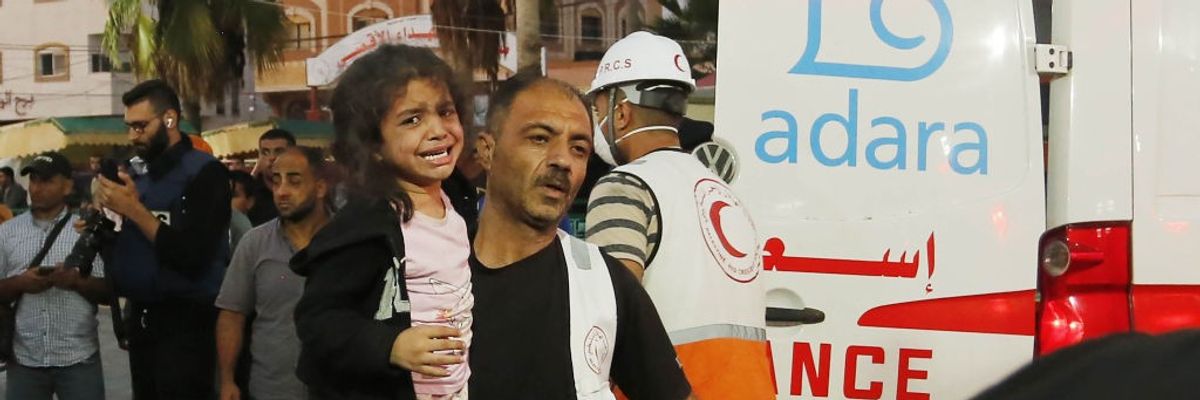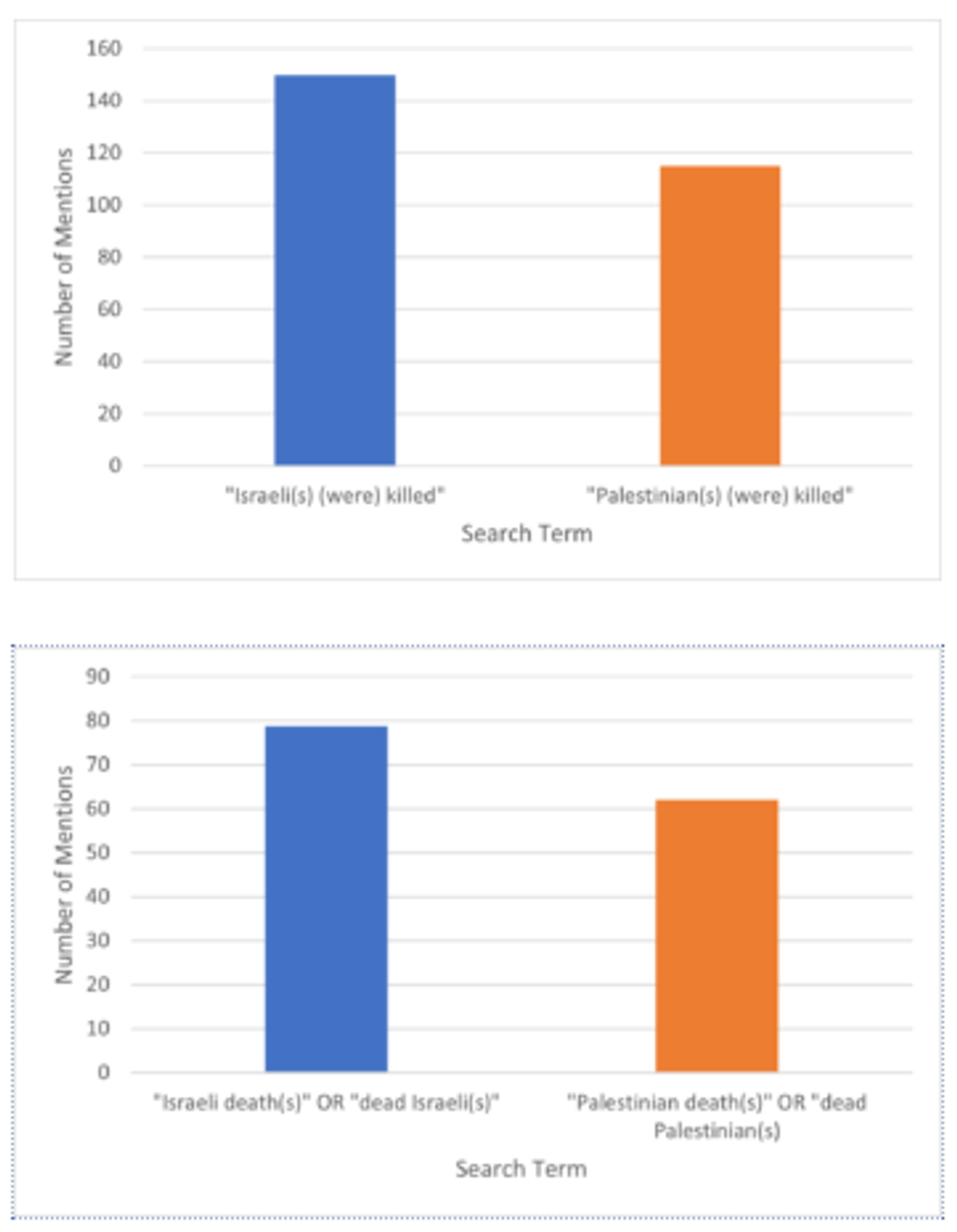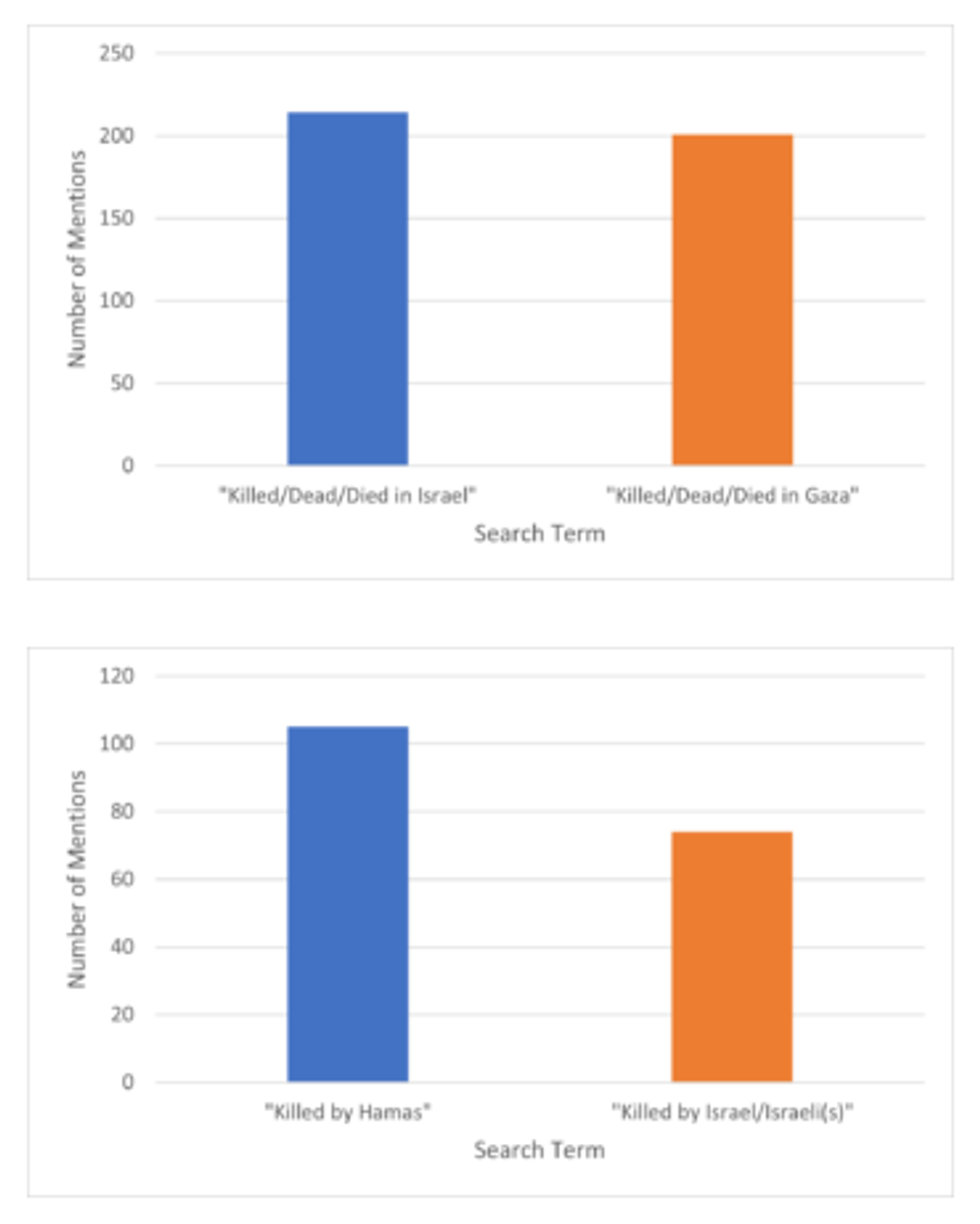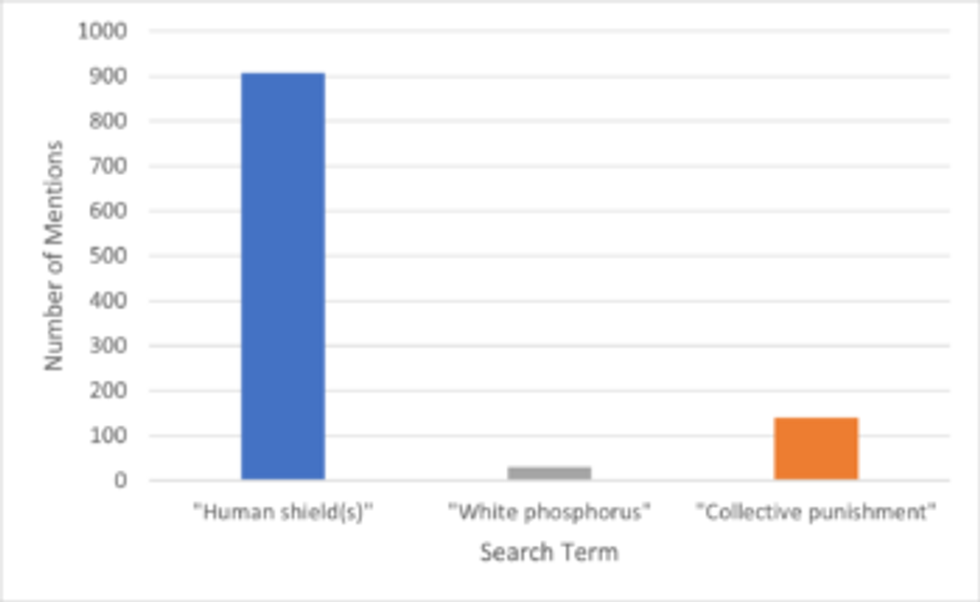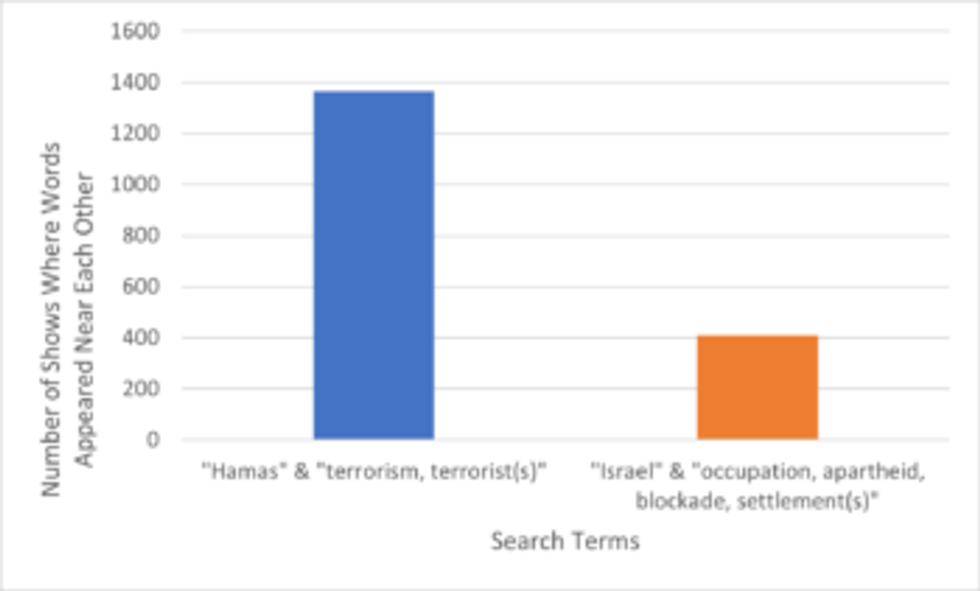Overflowing morgues. Packed hospitals. City blocks reduced to rubble.
In response to Hamas’s October 7 terrorist attack, Israel has unleashed mass destruction on Gaza. Into a region the size of Las Vegas, with a population of 2.1 million, nearly half children, Israel has dropped more than 25,000 tons of bombs, the equivalent of nearly two Hiroshimas. It has killed journalists and doctors, wiped out dozens of members of a single family, massacred fleeing Palestinians, and even bombed a densely populated northern refugee camp. Repeatedly.
As UNICEF spokesperson James Elder recently put it, “Gaza has become a graveyard for thousands of children. It’s a living hell for everyone else.”
In its initial attack on Israel, Hamas killed about 1,200 people and kidnapped about 240 more. By the end of October, less than four weeks later, the Palestinian death toll in Gaza had reached a wholly disproportionate 8,805 people. (Since then, the number has surpassed 13,000.)
This run-up in the death count was so rapid that prominent voices resorted to outright denialism. John Kirby, White House National Security Council spokesperson, labeled the Gaza Health Ministry, which is responsible for tallying the Palestinian dead, “a front for Hamas” (Fox, 10/27/23). (The ministry actually answers to the Fatah-run Palestinian Authority—Reuters, 11/6/23.)
And President Joe Biden, much to Fox’s delight (10/25/23), declared: “I have no notion that the Palestinians are telling the truth about how many people are killed…. I have no confidence in the number that the Palestinians are using.”
A Washington Post factcheck (11/1/23) diplomatically described this statement as an example of “excessive skepticism”:
The State Department has regularly cited ministry statistics without caveats in its annual human rights reports. The UN Office for the Coordination of Humanitarian Affairs (OCHA), which tracks deaths in the conflict, has found the ministry’s numbers to be reliable after conducting its own investigation. “Past experience indicated that tolls were reported with high accuracy,” an OCHA official told the Fact Checker.
Some deaths count more
For cable news, however, determining the precise number of Palestinian dead may not be all that relevant. Because for them, an important principle comes first: Some numbers don’t count as much as others. Whereas around seven times as many Palestinians died as Israelis during October, Palestinian victims appear to have received significantly less coverage on cable TV.
A slew of searches on the Stanford Cable TV News Analyzer, which scours transcripts from MSNBC, CNN and Fox News to determine the frequency with which given words and phrases are mentioned on cable news, bears this out. Here’s the breakdown of the screen time awarded to various search terms related to Israeli and Palestinian deaths over the course of October 2023 (see note 1):


In each instance above, coverage of Israeli victims outpaced coverage of Palestinian victims, often to a significant degree.
Even if they had reached numeric parity, that would still have translated to about seven times the mentions of Israeli deaths per dead Israeli compared to Palestinian deaths per dead Palestinian.
In their seminal study on media bias Manufacturing Consent, Edward Herman and Noam Chomsky make a distinction between worthy and unworthy victims. As far as the US media is concerned, the worthy include citizens of the US and allied nations, as well as people killed by state enemies. The unworthy include those killed by the US government and its friends.
Herman and Chomsky argue that we can expect the worthy and unworthy to be treated far differently by US media. The former will be the recipients of sympathy and support. The latter will be further victimized by neglect and perhaps even disdain.
It’s not hard to see who the media considers worthy in Israel and Palestine.
Unnewsworthy war crimes
Victims aren’t the only ones who receive different treatment according to group status. So do victimizers. Consider, for example, how often war crimes are covered when they are committed by Hamas versus when they are committed by the Israeli military.
One war crime Hamas is often accused of is the use of civilians as “human shields.” As the Guardian (10/30/23) has reported:
Anecdotal and other evidence does suggest that Hamas and other factions have used civilian objects, including hospitals and schools. Guardian journalists in 2014 encountered armed men inside one hospital, and sightings of senior Hamas leaders inside the Shifa hospital have been documented.
However, the same article continues:
Making the issue more complicated…is the nature of Gaza and conflict there. As the territory consists mostly of an extremely dense urban environment, it is perhaps not surprising that Hamas operates in civilian areas.
International law also makes clear that even if an armed force is improperly using civilian objects to shield itself, its opponent is still required to protect civilians from disproportionate harm.
And it’s worth noting, as the Progressive (6/17/21) has, but the Guardian article unfortunately does not, that
detailed investigations following the 2008–2009 and 2014 conflicts [between Israel and Hamas] by Human Rights Watch, Amnesty International, the United Nations Human Rights Council and others have failed to find a single documented case of any civilian deaths caused by Hamas using human shields.
For its part, Israel has been accused of the use of white phosphorus in Gaza, a violation of international law. And its “indiscriminate military attacks” on Gaza have been described by United Nations experts as “collective punishment,” amounting to “a war crime.”
Yet coverage of these Israeli war crimes doesn’t even come close to coverage of “human shields.”

While “human shield(s)” got an estimated 907 mentions throughout October, “collective punishment” got only 140, and “white phosphorus” a mere 30.
Distracting from context
The difference in media’s treatment of a friendly victimizer—one that may cause more death and destruction, but is a longstanding close ally of the United States—and of an official state enemy doesn’t stop there.
On top of downplaying the friendly victimizer’s current war crimes, the media are also happy to distract from a context in which the friendly victimizer has been oppressing a population for years. In this particular case, Israel has illegally occupied Palestinian land since 1967, and has enacted “ruthless policies of land confiscation, illegal settlement and dispossession, coupled with rampant discrimination.” It has subjected Gaza to an illegal air, land and sea blockade since 2007. And it has imposed a system of apartheid on the Palestinian population in the occupied territories, as documented by Human Rights Watch, Amnesty International and B’Tselem.
Cable coverage of this context can’t exactly be described as extensive. Shows in which “Hamas” was mentioned near “terrorism” or “terrorist(s),” in fact, outnumbered shows that mentioned “Israel” near “apartheid,” “occupation,” “blockade” or “settlement(s)” more than 3-to-1 during the month of October. (See note 2.)

Put simply, coverage of Israel’s long-standing oppression of the Palestinian people doesn’t appear to come anywhere close to coverage of Hamas’s terrorist acts. Context is swept under the rug. An enemy’s crimes are displayed indignantly on the mantel.
This sort of coverage does not contribute to creating a population capable of thinking critically about violent conflict. Instead, its main purpose seems to be to stir up hatred for a state enemy, and blind support for a state ally. All a viewer has to remember are two simple principles:
- The suffering of our allies matters. The suffering of our enemies? Not so much.
- The crimes of our enemies matter. The crimes of our allies? Not so much.
Methodology notes
- The Stanford Cable TV News Analyzer provides estimates of screen time based on the number of mentions of search terms in the transcripts of cable shows. A time interval is assigned to each mention of a search term—by default and in the searches used for this article, this time interval is equal to one second. The time intervals for a given search term are then filtered for commercials, and for overlap with other time intervals for that same search term, to prevent overcounting. The number given for screen time is the sum of the time intervals after this processing. Since each mention of a search term is set to register as a one-second time interval, the figure for screen time in seconds is equivalent to number of mentions, which is the measure used in these graphs. These results are not without limitations, however, since the Analyzer does not filter for commercials with 100% precision, and CC captions can contain errors. For more details on the Analyzer, consult the Stanford Cable TV News Analyzer website.
- The Analyzer tallies the number of full shows, the vast majority of which clock in at around one hour in length, during which search terms are mentioned. Due to methodological issues, it’s difficult to get a precise picture of coverage when more complicated searches are fed into the Analyzer. A count of shows in which the search terms are mentioned near each other is therefore a cleaner way of estimating the extent of coverage than a measure of “number of mentions” of search terms. The searches used earlier in this piece, by contrast, were simple enough to avoid the methodological issues associated with more complicated searches. Thus, a count of mentions could be used to provide a more fine-grained estimate of the extent of coverage in those cases.

